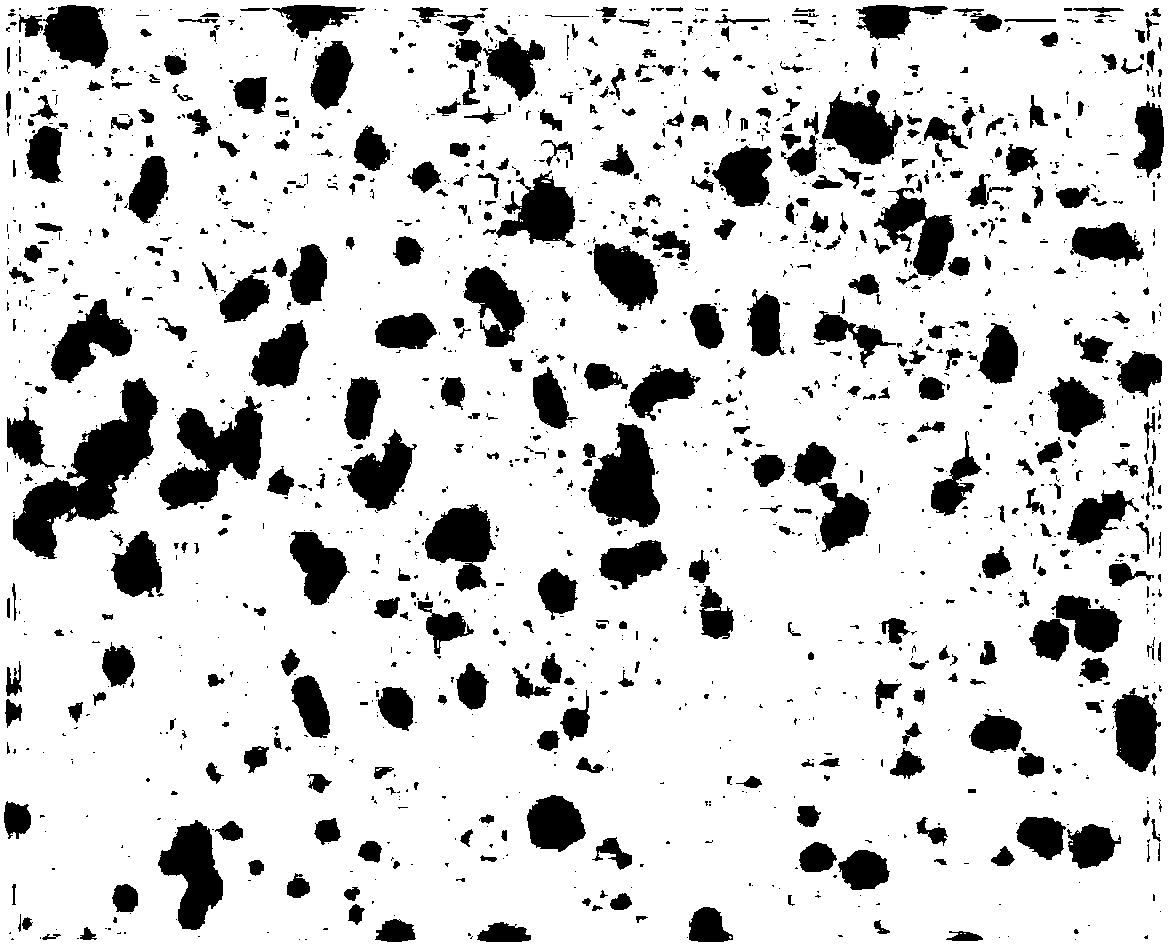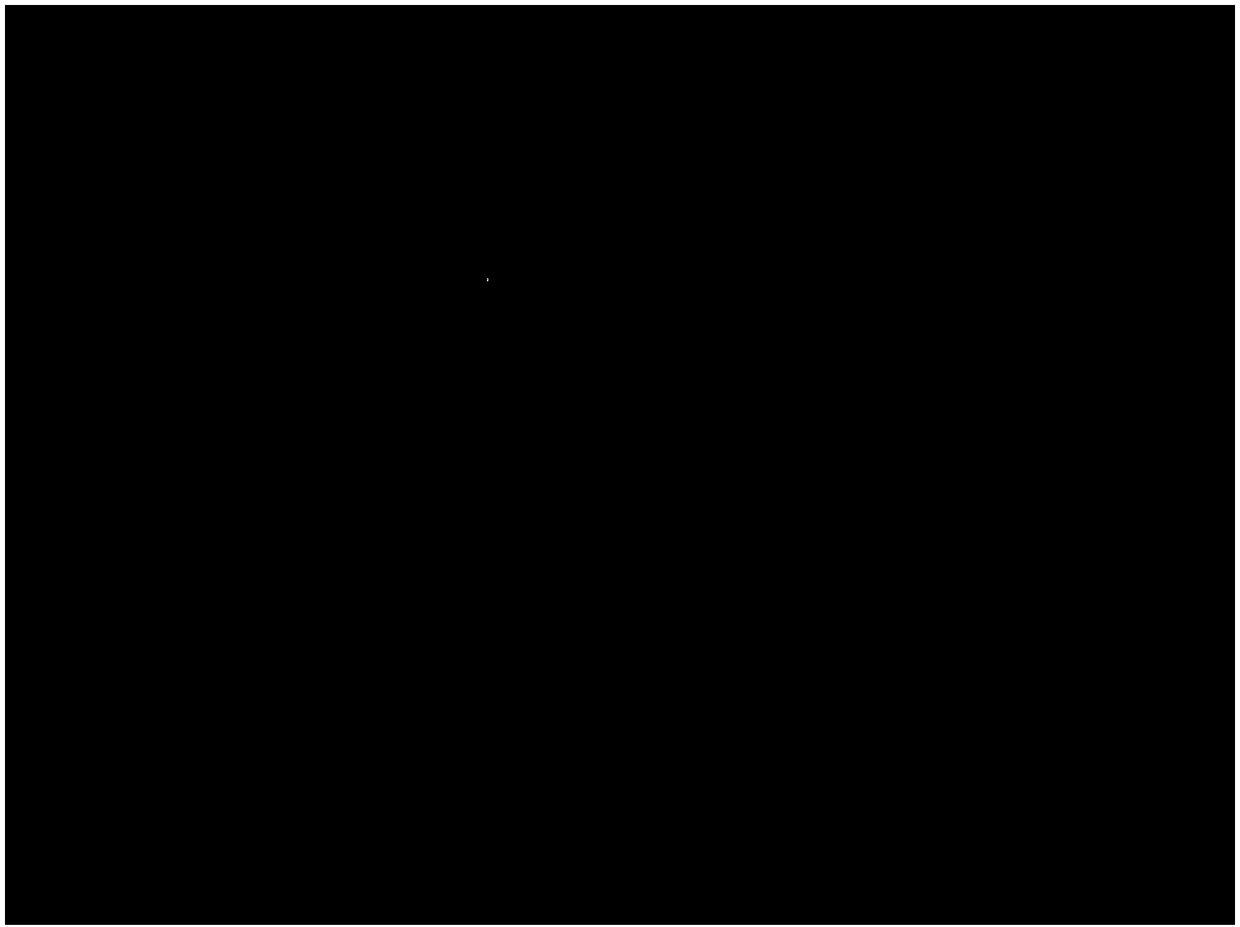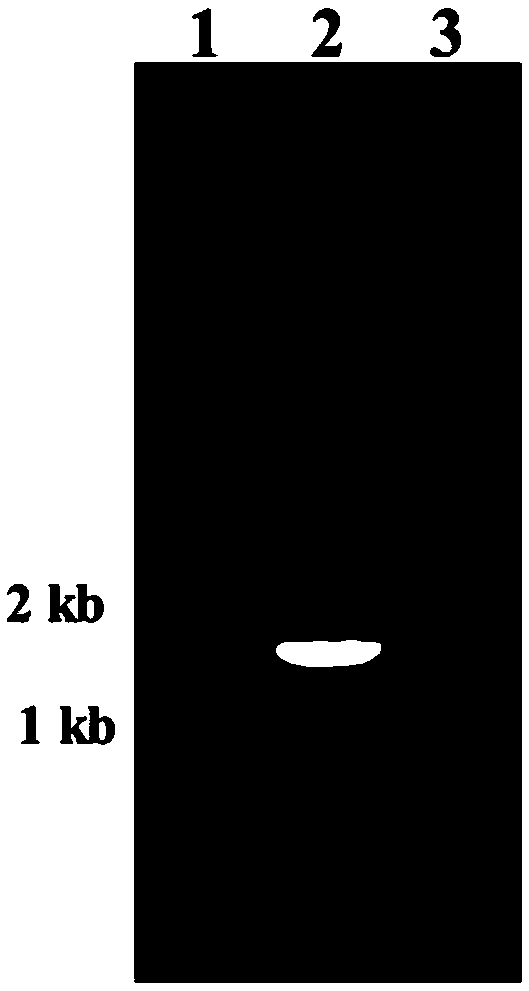Method for separating and identifying pathogenic bacteria of insects
A pathogenic bacteria and identification method technology, applied in the field of insect bacterial disease research, can solve the problems of consuming manpower and material resources, increasing the workload and labor cost of entomopathogenic bacteria extraction and identification steps, and inconvenient large-scale identification of pathogenic bacteria, so as to improve work efficiency , avoid the influence of intestinal symbiotic bacteria, and the effect of strong versatility of primers
- Summary
- Abstract
- Description
- Claims
- Application Information
AI Technical Summary
Problems solved by technology
Method used
Image
Examples
experiment example 1
[0068] Experimental Example 1 Isolation and Verification of Cotton Bollworm Pathogenic Bacteria
[0069] 1. Experimental materials
[0070] Cotton bollworm, provided by the Biopesticide Engineering Research Center of Hubei Academy of Agricultural Sciences;
[0071] 2. Experimental reagents
[0072] LB medium, solid LB medium, cotton bollworm feed, phosphate buffered saline, STE buffer, solution I.
[0073] 3. Experimental steps
[0074] 3.1 Isolation and verification of cotton bollworm pathogen
[0075] Take the naturally infected diseased cotton bollworm, disinfect the surface with 75% alcohol, wash it with sterile water, put it into a sterile centrifuge tube, pick the body cavity hemolymph of the cotton bollworm under aseptic operation, make a 10-fold serial dilution with PBS, and spread it on an LB plate , cultivate overnight at 28°C, pick a single colony, and inoculate it into liquid LB medium until the OD600 value is about 0.8. After simple staining of the bacterial ...
experiment example 2
[0092] Experimental Example 2 Isolation and Verification of the Geometrid Pathogen
[0093] This embodiment is basically the same as Embodiment 1, except that the material used is an inchworm.
[0094] In this embodiment, the inchworm was used and collected in the mulberry field of the Economic Crops Research Institute of the Hubei Academy of Agricultural Sciences.
[0095] In order to verify that the method for the isolation and identification of entomopathogenic bacteria in this patent can meet the requirements for the isolation and identification of Gram-positive bacteria and Gram-negative bacteria, the typical Gram-positive bacteria YN29 and Gram-negative bacteria GA12 were identified respectively. To verify the effect of the method for isolating entomopathogenic bacteria of the present invention.
experiment example 3
[0096] Identification verification of experimental example 3 isolated pathogenic bacteria (YN29)
[0097] The sequencing results obtained in Example 1 were spliced using Seqman software to correct inconsistent bases, and the obtained 16S rDNA sequence was compatible with RDP (http: / / rdp.cme.msu.edu / ) and greengenes (http: / / greengenes.secondgenome.com) Database comparison, the results show that the isolate has the closest relationship with Bacillusthuringiensisi and B.cereus, add B.thuringiensis i and B.cereus standard strain sequence (www.dsmz.de / home.html), CLUSTAL W software compares all isolates Strains and standard strain sequences, MEGA4.0 software neighbor-joining method (neighbor-joining, NJ, bootstrap 1000) to construct a phylogenetic tree, the specific results are as follows Figure 4 shown.
PUM
 Login to View More
Login to View More Abstract
Description
Claims
Application Information
 Login to View More
Login to View More - Generate Ideas
- Intellectual Property
- Life Sciences
- Materials
- Tech Scout
- Unparalleled Data Quality
- Higher Quality Content
- 60% Fewer Hallucinations
Browse by: Latest US Patents, China's latest patents, Technical Efficacy Thesaurus, Application Domain, Technology Topic, Popular Technical Reports.
© 2025 PatSnap. All rights reserved.Legal|Privacy policy|Modern Slavery Act Transparency Statement|Sitemap|About US| Contact US: help@patsnap.com



